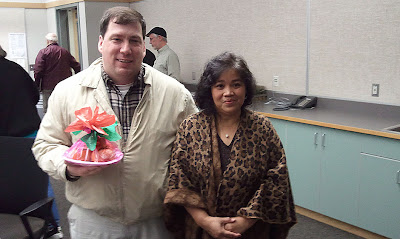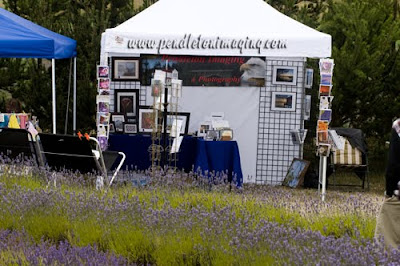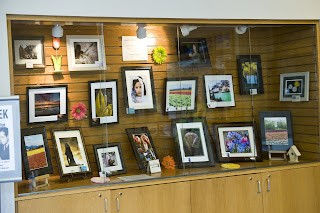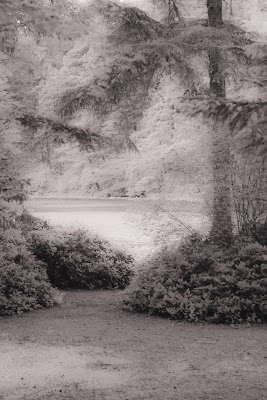Whidbey Island Camera Club
Whidbey Island,WA
Tuesday, September 18, 2018
Wednesday, November 17, 2010
Nathan Whalen Speaks…To Whidbey Island Camera Club

Nathan, a staff reporter for the Whidbey News Times, spoke of the who, what, when and where requirements of today’s fast-paced newspaper world. He mentioned the need for brevity, fresh ideas, meeting deadlines and the technology needed to remain competitive in our media saturated community. Our animated storyteller placed us in the driver’s seat as he reenacted crime scenes, auto accidents, and human interest stories. Not to leave followers hanging, he answered questions on practical matters; such as, dealing with copyright issues and obtaining public releases, digital files size and contact info. Even the subjective details of how to select an appropriate image for publication were discussed.
What goes into the makings of today’s newspaperman? Our man Nathan Whalen is the Whidbey News standard.
Nathan accepts thank you gift basket of persimmons from WICC member Edna Henderson.
Thank you Nathan for supporting WICC. You will always be our honored guest.
Sunday, October 11, 2009
WICC’s Display in Oak Hall at SVCC
Tuesday, August 11, 2009
Lavender Wind Farm’s 4th Annual Festival

Five members of the Whidbey Island Camera Club supported the Lavender Wind Farm’s 4th Annual Festival last weekend. The winds were slight and the rain just enough to send us shivering for cover. The music was exceptional and food deliciosa. We learned how to make lemonade in a fragile economy... Admittedly, we didn’t make much money but we shared the comradery of canopy pitching and general company keeping. We caught a glimpse of what it means to be a working artist and why so many artists keep the day job.
Saturday, May 2, 2009
Display at Whidbey Island’s SNO-ISLE Library

Plan to visit the Whidbey Island Camera Club’s photo display at Whidbey Island’s branch of SNO-ISLE Library May 1st to 15th.
We’ve received many wonderful compliments as well as a request for membership info.
Special thanks to our displayers.
Joan Nienhuis, Brian Shelly, Elaine Torres, John McDonald, John Pendleton, Andy Nielson, Charles (Chuck) Beaudoin, Elysia Wiesen, Joy Pralle
Tuesday, March 17, 2009
Composition

One thing that makes a photo attractive to a viewer is finding new or unexpected elements as the eyes wander over the image. Paying attention to composition is a way to make your photo attractive.
Photos communicate a message. Ask yourself, what do I want to communicate? Paying attention to composition assures that your message will be clear.
Thursday, January 29, 2009
The Infrared Effect
